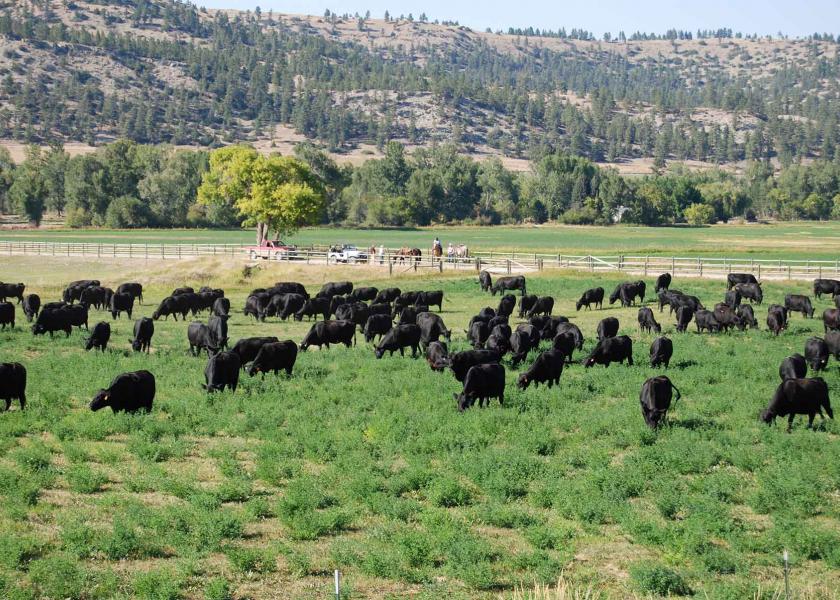Nalivka: 2022 Cattle Inventory Comments

John Nalivka is president of Sterling Marketing, Inc., Vale, Oregon.
The January 1 Cattle Inventory was down 2% from a year earlier according to the recent USDA report – no surprise. The reported number was actually larger than I expected given that the percentage of cows slaughtered during 2021 was the highest since 2011 for both the total cowherd and more specifically, the beef cowherd. And according to the report, the number of beef cows at the beginning of this year now stands at slightly over 30 million and the lowest since 2015 and a figure nearly the same as my projection. The number of dairy cows on January 1 was down 1% from a year earlier and the same as my projected number.
Considering a 10% increase in beef cow slaughter during 2021, the math to get from last year’s beginning beef cow inventory to this year’s inventory suggests producers calved 83% of the heifers that were reported as bred to calve in 2021. That figure is higher than for 2020 and 2019 and would indicate that perhaps producers would have held the size of the herd steady during 2021 had it not been for the widespread drought across the West. Heifer slaughter during 2021 was up 4% from a year earlier and also the highest since 2011.
With both 2021 beef cow slaughter and heifer slaughter the highest since 2011, the question can be raised as to whether the inventory will again drop below 90 million as it did from 2011 through 2013. Everyone remembers the severity of the drought in the Plains states during 2012. While markets are one component of the cattle cycle, the critical factor driving the cattle cycle and the cow-calf sector of the cattle industry is forage.
So, with the optimistic market outlook, in light of tighter cattle numbers for 2022 and assuming continued strong demand, the critical issue still centers on the weather outlook. Heifer retention is already down 3% from a year ago so if drought were to become widespread and particularly through the Plains states and pushed cow slaughter well above my projection for this year, we could become well on the way to a scenario similar to 2012-2013. We did have 1% more cattle at the beginning of 2021 than 2011 and the same is true for this year compared to 2012. However, and again, while I am not projecting the same scenario, I don’t ignore it. As the saying goes, never say never.







